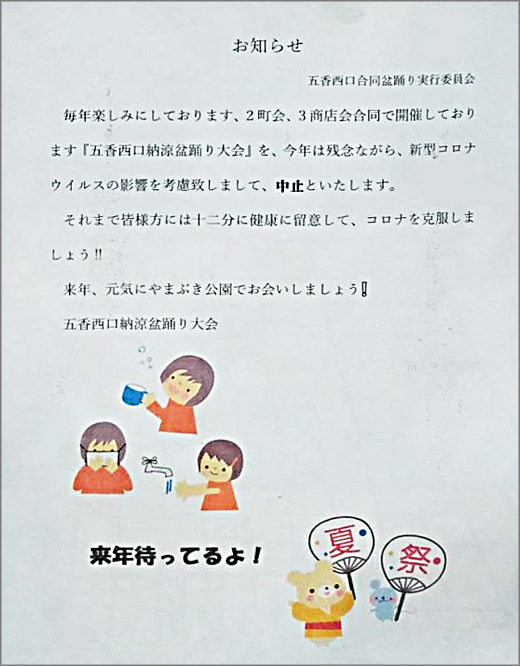The last class of the HRM course dealt with a rather controversial topic – sexual harassment at workplaces. Students were asked to go through a case of a Marketing Officer having intimate behavior with his wife in his office after work hours (it was Valentine’s Day and the wife came to meet her husband for an arranged dinner). The behavior was, however, witnessed by a female janitor who used to clean offices after the normal work hours. The janitor felt embarrassed and offended by what the couple was doing in the office. As such, she decided to make a complaint to the employer and, possibly, file a claim against the employer for vicarious liability of its employee’s behavior.

Students were guided by Dr. Kuok Kei Law to analyze the details of the incident (e.g. what had happened? Who were involved? Where did it happen? When did it happen?) to determine if the incident could be categorized as sexual harassment. Then, discussion was directed to the reactions of the parties involved: the reaction of the Marketing Office after the incident, the reaction of the janitor after witnessing the incident, and the (non-)action taken by the employer. Students were invited to debate on the rationales, pros and cons underneath the reactions of the different parties and suggest ways to prevent similar incidents from happening again. Towards the end of the discussion, generalization of the case incident to workplace misconduct in general was discussed. Such a discussion on negative behavior at workplace echoes what students had examined in the very first class of the course – employees’ non-performance – and how HR professionals can help mitigate such negative issues.
Dr. Law concluded the course by summarizing the contexts, the topics, and the many different considerations that have been covered throughout the seven classes of case discussion. Students were amazed by the wide scope as well as the depth of discussion they had gone through. Dr. Law also pointed out to the students that the nature of HRM has kept on evolving – from a traditional personnel management approach to the more modern HRM perspective with the emerging talent management and sustainable HRM phenomena. Students were reminded, though given the end of the course, not to stop learning about those trends if they were to pursue a career in HRM. Overall, students indicated that they have gained the learning outcomes pre-set in the course at the beginning of the term and, in fact, they thought they have gone beyond that.
















